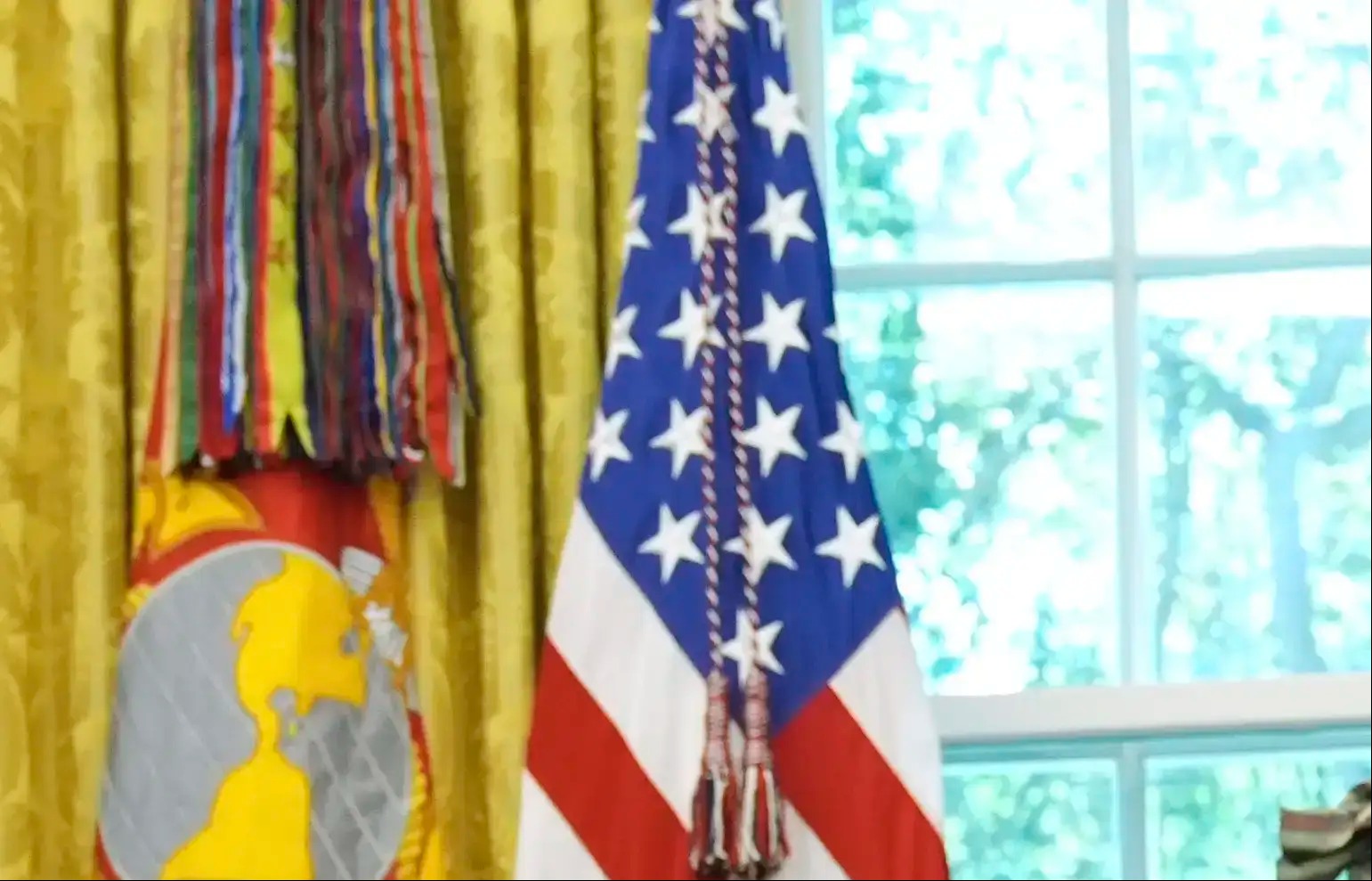What's Happening?
President Trump has signed an order to extend tariff relief for automakers importing vehicle parts, while simultaneously formalizing a new 25% tariff on imported medium and heavy-duty trucks and parts. This decision follows a Section 232 investigation
into truck imports to assess their impact on national security. The tariff relief allows automakers to continue offsetting 3.75% of a vehicle's list price until 2030, a program initially set to be reduced and eventually eliminated. The new truck tariffs, effective November 1, aim to bolster domestic manufacturing and address trade imbalances. Trucks qualifying under the USMCA will face tariffs only on non-U.S. content, while imported buses will face a 10% tariff without USMCA benefits.
Why It's Important?
The extension of tariff relief and the imposition of new truck duties reflect ongoing efforts by the Trump administration to support domestic manufacturing and address trade deficits. By maintaining the offset program for vehicle parts, U.S.-based production is incentivized, potentially benefiting domestic automakers. The new truck tariffs could impact importers, particularly those sourcing from Mexico and Canada, as these countries have been significant suppliers of heavy trucks to the U.S. The tariffs may lead to increased costs for importers and potentially higher prices for consumers, while also encouraging local production and investment in the U.S. automotive industry.
What's Next?
The implementation of the new tariffs will likely prompt further negotiations between the U.S., Canada, and Mexico, as these countries seek to mitigate the impact of the duties. The Commerce Department is expected to establish a process to target non-U.S. content in truck parts, which could further refine the tariff application. Stakeholders in the automotive industry, including manufacturers and importers, will need to adapt to the new tariff landscape, potentially reevaluating supply chains and production strategies to optimize costs and compliance.
Beyond the Headlines
The tariff changes could have broader implications for international trade relations, particularly with Mexico and Canada, as they navigate the new trade dynamics under the USMCA. The focus on national security in trade policy may also influence future tariff decisions across other sectors, potentially leading to a more protectionist stance in U.S. trade policy. Additionally, the emphasis on domestic manufacturing aligns with broader economic strategies aimed at revitalizing U.S. industry and reducing reliance on foreign imports.















